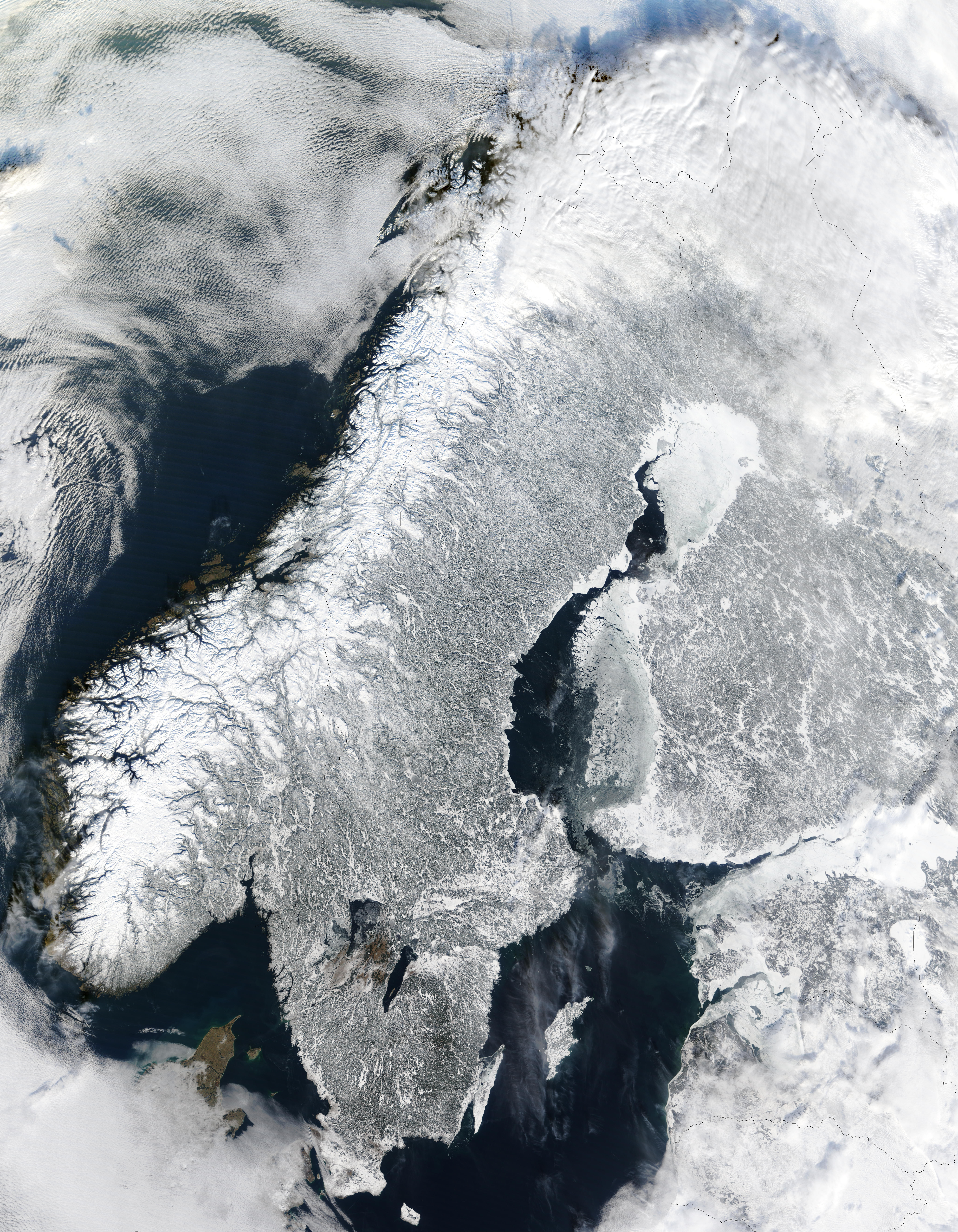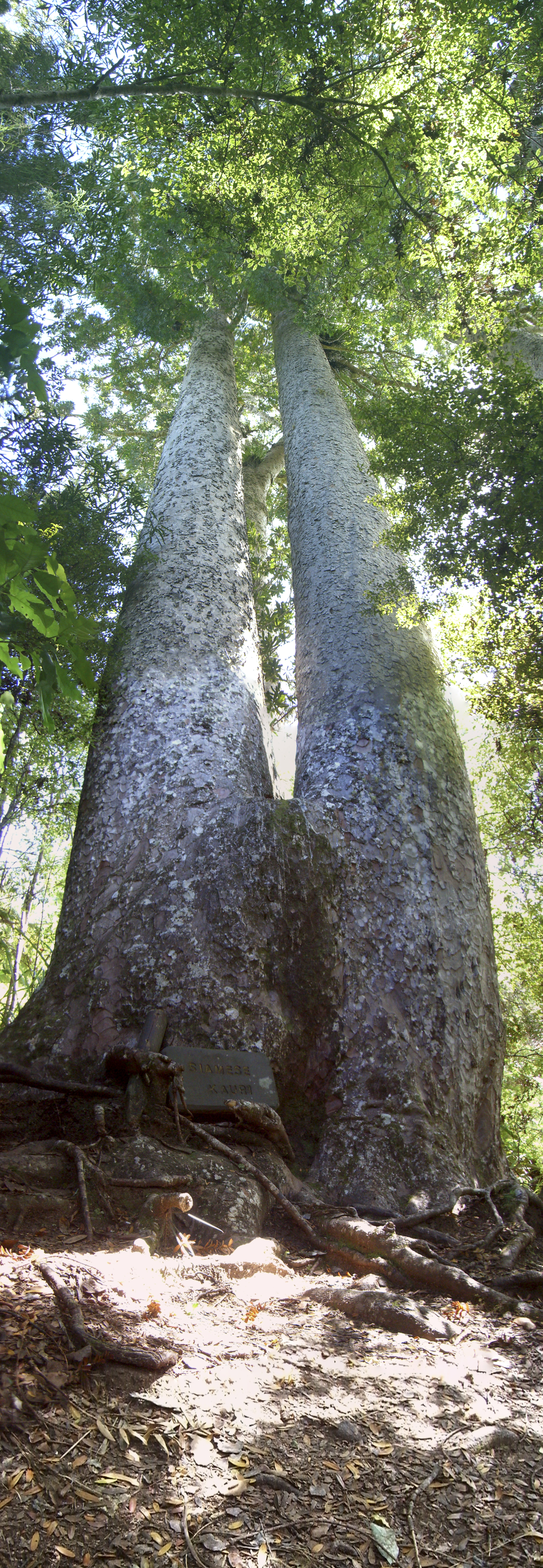|
Pouto Peninsula
The Pouto Peninsula is a landform on the northern Kaipara Harbour in Northland Region, Northland, New Zealand. The Peninsula runs in the north west to south east direction and is approximately 55 km long. The width varies from about 5.4 km to about 14 km, with the widest part of the peninsula near its southern end. The Tasman Sea is to the west, and the Kaipara Harbour is to the south. The Wairoa River (Northland), Wairoa River and Kaipara Harbour are to the east. Dargaville and State Highway 12 (New Zealand), State Highway 12 lie directly to the north east of the peninsula. The mouth of the Kaipara Harbour separates the peninsula from the smaller Te Korowai-o-Te-Tonga Peninsula to the south. The most substantial settlement on the peninsula is Te Kōpuru. The locality of Pouto, originally a Māori village, is in the south east of the peninsula. Geography and conservation Much of Pouto – over 600 ha – is covered by sand dunes, which are one of the largest unmo ... [...More Info...] [...Related Items...] OR: [Wikipedia] [Google] [Baidu] |
Peninsula
A peninsula is a landform that extends from a mainland and is only connected to land on one side. Peninsulas exist on each continent. The largest peninsula in the world is the Arabian Peninsula. Etymology The word ''peninsula'' derives , . The word entered English in the 16th century. Definitions A peninsula is generally defined as a piece of land surrounded on most sides by water. A peninsula may be bordered by more than one body of water, and the body of water does not have to be an ocean or a sea. A piece of land on a very tight river bend or one between two rivers is sometimes said to form a peninsula, for example in the New Barbadoes Neck in New Jersey, United States. A peninsula may be connected to the mainland via an isthmus, for example, in the Isthmus of Corinth which connects to the Peloponnese peninsula. Formation and types Peninsulas can be formed from continental drift, glacial erosion, meltwater, glacial meltwater, glacial deposition (geology), deposition, ... [...More Info...] [...Related Items...] OR: [Wikipedia] [Google] [Baidu] |
Winston Cowie
Winston Cowie is a Marine conservationist, author and film director. He is the Manager of Marine Policy at the Environment Agency Abu Dhabi, United Arab Emirates. He is a film director of nature documentaries, New Zealand author of discovery history and the New Zealand Wars, has represented the United Arab Emirates at international rugby, a Master Diver, and is a Fellow of the Royal Geographical Society. He previously worked as a lawyer before choosing to pursue an MSc in Nature, Society and Environmental Policy from the Oxford University School of Geography and the Environment, Keble College, Oxford University. Early years Cowie was born in 1982 in Dargaville, New Zealand, before moving with his parents, Michael and Susan Cowie, and siblings to Matakana, Tawharanui Peninsula in the Mahurangi region. He attended Matakana Primary School, Warkworth Primary School and Westlake Boys High School where he was Head Boy and captain of the 1st XV rugby team. He studied a law degree ... [...More Info...] [...Related Items...] OR: [Wikipedia] [Google] [Baidu] |
Agathis Australis
''Agathis australis'', commonly known as kauri, is a species of coniferous tree in the family Araucariaceae, found north of 38°S in the northern regions of New Zealand's North Island. It is the largest (by volume) but not tallest species of tree in New Zealand, standing up to tall in the emergent layer above the forest's main canopy. The tree has smooth bark and small narrow leaves. Other common names to distinguish ''A. australis'' from other members of '' Agathis'' are southern kauri and New Zealand kauri. With its podsolization capability and regeneration pattern it can compete with faster growing angiosperms. Because it is such a conspicuous species, forest containing kauri is generally known as kauri forest, although kauri need not be the most abundant tree. In the warmer northern climate, kauri forests have a higher species richness than those found further south. Kauri even act as a foundation species that modify the soil under their canopy to create unique plan ... [...More Info...] [...Related Items...] OR: [Wikipedia] [Google] [Baidu] |
Pilot Station
A pilot station is an onshore headquarters for maritime pilots, or a place where pilots can be hired from. To get from a pilot station to an approaching ship, pilots need to use fast vessels to arrive in time, i.e. a pilot boat. History Historically, pilot stations would often be found on an island or other point at sea near a harbor, giving pilots ample time to transfer to an approaching boat. Two boats would rotate and operate around the clock. Pilot boats would stay at a station for up to a week. It was typical that up to six pilots would be on a boat to board incoming vessels. Pilots would be dropped off at the pilot station after bringing a boat in so they could pick up another outgoing vessel. Boats working with pilot stations were called ''station boats''. The Cape Cod pilot station and the Boston Light were examples of ''pilot stations''. The station boats stayed inside the line between Race Point Light to the northwest and Highland Light to the south. The Cape Cod Pi ... [...More Info...] [...Related Items...] OR: [Wikipedia] [Google] [Baidu] |
Musket Wars
The Musket Wars were a series of as many as 3,000 battles and raids fought throughout New Zealand (including the Chatham Islands) among Māori people, Māori between 1806 and 1845, after Māori first obtained muskets and then engaged in an intertribal arms race in order to gain territory or seek revenge for past defeats. The battles resulted in the deaths of between 20,000 and 40,000 people and the enslavement of tens of thousands of Māori and significantly altered the ''rohe'', or tribal territorial boundaries, before the signing of the Treaty of Waitangi in 1840. The Musket Wars reached their peak in the 1830s, with smaller conflicts between iwi continuing until the mid-1840s; some historians argue the New Zealand Wars were (commencing with the Wairau Affray in 1843 and Flagstaff War in 1845) a continuation of the Musket Wars. The increased use of muskets in intertribal warfare led to changes in the design of pā fortifications, which later benefited Māori when engaged in bat ... [...More Info...] [...Related Items...] OR: [Wikipedia] [Google] [Baidu] |
Ngāti Whātua
Ngāti Whātua is a Māori iwi (tribe) of the lower Northland Peninsula of New Zealand's North Island. It comprises a confederation of four hapū (subtribes) interconnected both by ancestry and by association over time: Te Uri-o-Hau, Te Roroa, Te Taoū, Ngāti Whātua o Kaipara and Ngāti Whātua-o-Ōrākei. The five hapū can act together or separately as independent tribes. Ngāti Whātua's territory or '' rohe'' is traditionally expressed as, "''Tāmaki ki Maunganui i te Tai Hauauru''" and "''Tāmaki ki Manaia i te Rawhiti''". The northern boundary is expressed as, "''Manaia titiro ki Whatitiri, Whatitiri titiro ki Tutamoe, Tutamoe titiro ki Maunganui''". The southern boundary is expressed as, "''Te awa o Tāmaki''". The area runs from Tāmaki River in the south to Maunganui Bluff (at the northern end of Aranga Beach on the west coast) in the north, and to Whangarei Harbour on the east coast. By the time of European settlement in New Zealand, Ngāti Whātua's territor ... [...More Info...] [...Related Items...] OR: [Wikipedia] [Google] [Baidu] |
Māori Language
Māori (; endonym: 'the Māori language', commonly shortened to ) is an Eastern Polynesian languages, Eastern Polynesian language and the language of the Māori people, the indigenous population of mainland New Zealand. The southernmost member of the Austronesian language family, it is related to Cook Islands Māori, Tuamotuan language, Tuamotuan, and Tahitian language, Tahitian. The Māori Language Act 1987 gave the language recognition as one of New Zealand's official languages. There are regional dialects of the Māori language. Prior to contact with Europeans, Māori lacked a written language or script. Written Māori now uses the Latin script, which was adopted and the spelling standardised by Northern Māori in collaboration with English Protestant clergy in the 19th century. In the second half of the 19th century, European children in rural areas spoke Māori with Māori children. It was common for prominent parents of these children, such as government officials, to us ... [...More Info...] [...Related Items...] OR: [Wikipedia] [Google] [Baidu] |
Marattia Salicina
''Ptisana salicina'', or king fern, is a species of fern native to Norfolk Island, New Zealand and the South Pacific. Large and robust with a distinctive tropical appearance, it has fronds up to 5 metres (16 feet +/-) tall that arise from a starchy base that was a traditional food for the Maori. It has several other common names including para, tawhiti-para, and horseshoe fern. Distribution King fern is indigenous to Norfolk Island (the type locality), New Zealand, New Caledonia, Cook Islands, Austral Islands, Society Islands and the Marquesas. It is closely related to ''Ptisana smithii'' of Vanuatu, Fiji, the Solomon Islands, Samoa and Tonga. In New Zealand it is found in lowland areas on the north-western half of the North Island from inland Wanganui northwards. It is most abundant in the western Waikato, where it is found in forests and forest remnants. It prefers limestone-rich soils, including the entrances to caves and shady stream sides. It often grows in New Zealand asso ... [...More Info...] [...Related Items...] OR: [Wikipedia] [Google] [Baidu] |
Hāngī
Hāngī () is a traditional New Zealand Māori method of cooking food using heated rocks buried in a pit oven, called an ''umu''. It is still used for large groups on special occasions, as it allows large quantities of food to be cooked without the need for commercial cooking appliances. Process To "lay a hāngī" or "put down a hāngī" involves digging a pit in the ground, heating stones in the pit with a large fire, placing baskets of food on top of the stones, and covering everything with earth for several hours before uncovering (or lifting) the hāngī. Hāngī experts have developed and improved methods that have often, like the stones themselves, been handed down for generations. Common foods cooked in a hāngī are meats such as lamb, pork, chicken and seafood (''kaimoana''), and vegetables such as potato, kūmara (sweet potato), yams (oca), pumpkin, squash, taro and cabbage. A hāngī pit is dug to a depth of between , sufficient to hold the rocks and two stacked ... [...More Info...] [...Related Items...] OR: [Wikipedia] [Google] [Baidu] |
Arawa (canoe)
''Arawa'' was one of the great Māori migration canoes, ocean-going, voyaging canoes in Māori mythology, Māori traditions that was used in the migrations that settled New Zealand. The Te Arawa confederation of Māori people, Māori iwi and hapū based in the Rotorua Lakes, Rotorua and Bay of Plenty areas trace their ancestry from the people of this canoe. Background Te Arawa's ancestors on board the ''Arawa'' were of the Ngāti Ohomairangi of Raiatea, Ra'iātea Island. Following a battle that broke out between them and Uenuku, in which their own Whakatūria fell in battle, Tama-te-kapua promised to captain the voyage to the islands of New Zealand, which had been discovered by Ngahue, Ngāhue of the ''Tāwhirirangi'' canoe. Construction of the canoe A large tree was cut down by four men called Rata, Wahieroa, Ngāhue and Parata, to make the Waka (canoe), waka which came to be known as ''Arawa''. "Hauhau-te-rangi" and "Tūtauru" (made from New Zealand Pounamu, greenstone broug ... [...More Info...] [...Related Items...] OR: [Wikipedia] [Google] [Baidu] |






